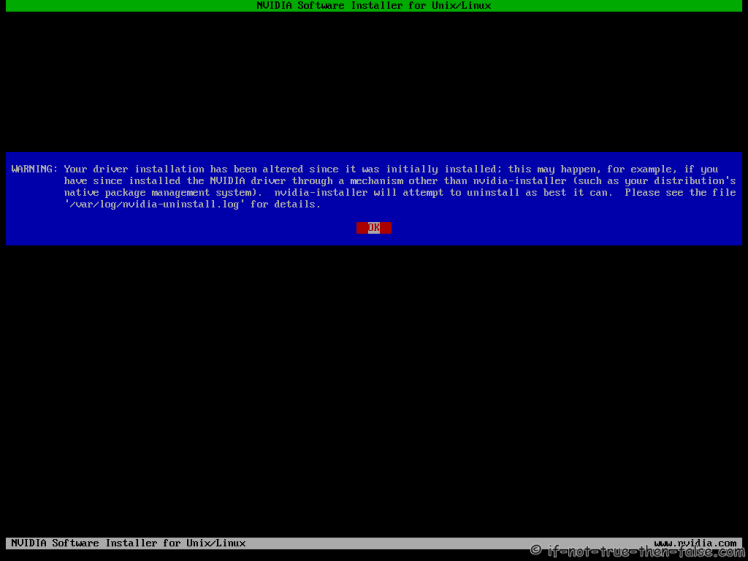

Next, check the documentation on your NVIDIA GPU and determine the minimum recommended power (in watts). Open up your desktop case and check the maximum power output printed on your power supply. This new PSU was 300W above the minimum recommendation, but simply meeting the minimum recommendation is sufficient in most cases.

NOTE: This guide only covers hardware installation for desktop computers, although the NVIDIA driver installation will be relevant for laptops as well.

This process works for any UEFI-enabled computer, and any modern NVIDIA GPU. It walks you through the installation of both software and hardware, and covers everything you need to get your NVIDIA card up and running. This installation guide uses Fedora 28’s brand-new third-party repositories to install NVIDIA drivers.

This subreddit is not affiliated with or endorsed by the Fedora Project. A community for users, developers and people interested in the Fedora Project and news and information about it.


 0 kommentar(er)
0 kommentar(er)
